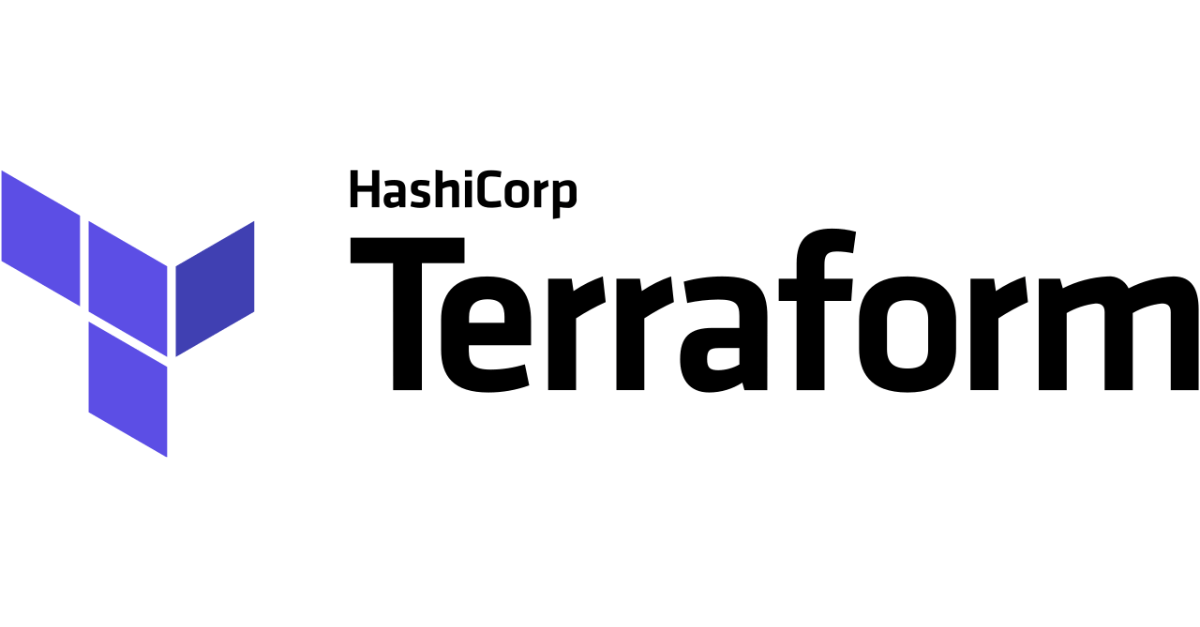In today's fast-paced technology landscape, efficient infrastructure management is crucial for successful software development and deployment. Enter Infrastructure as Code (IaC) – a paradigm that brings automation, consistency, and scalability to infrastructure provisioning and management. In this specialized blog post, we will explore how Terraform, a leading IaC tool, empowers DevOps professionals to define and deploy infrastructure resources using a declarative approach.
Understanding Infrastructure as Code (IaC)
Infrastructure as Code (IaC) is a practice that involves defining and managing infrastructure resources using machine-readable format files. With IaC, infrastructure provisioning, configuration, and maintenance become reproducible and version-controlled, enabling teams to treat infrastructure as software and apply software development practices to infrastructure management. We’ve already mentioned about IaC and IaC tools in this article, but today we will focus mostly on Terraform.
Introducing Terraform
Terraform, developed by HashiCorp, is a popular open-source tool that allows you to define and provision infrastructure resources across various cloud providers and infrastructure platforms. It provides a declarative language called HashiCorp Configuration Language (HCL) to describe the desired state of infrastructure and handles the complexities of resource creation, dependency management, and lifecycle management.

Key Benefits of Terraform and IaC
- Automation and Consistency: With Terraform, infrastructure provisioning becomes automated, eliminating manual configuration and reducing human error. By codifying infrastructure, you ensure consistency across environments and deployments.
- Scalability and Flexibility: Terraform allows you to scale infrastructure effortlessly by defining resource templates and applying them to different environments. It provides the flexibility to adapt infrastructure configurations as requirements evolve.
- Infrastructure Versioning: With Terraform, infrastructure configurations are stored as code in version control systems like Git. This enables collaboration, change tracking, and the ability to roll back to previous versions if needed.
- Resource Reusability: Terraform modules enable the creation of reusable and modular infrastructure components. These modules can be shared across teams, projects, and environments, promoting code reuse and reducing duplication. Also third-party modules available publicly can be used, without need to create new ones.
Infrastructure Provisioning with Terraform
- Defining Infrastructure as Code: Using Terraform, infrastructure resources are described in files using HCL language. You define the desired state, including providers, resources, variables, and outputs. Terraform then creates an execution plan to bring the infrastructure to the desired state.
- Resource Configuration: Terraform supports a wide range of resource types, including compute instances, storage, networking, and more. You can specify configurations such as machine sizes, networking settings, security groups, and access controls.
- Managing Dependencies: Terraform automatically manages resource dependencies, ensuring that resources are provisioned in the correct order. It intelligently determines the relationships between resources and handles the creation and destruction of resources efficiently. Additionally, you can specify dependency explicitly, when you want (e.g. when a resource requires another one and there’s no dependency in code, or in order to modify an order of resource creation/modifying/destroying).
- Provisioning and State Management: Terraform tracks the state of provisioned resources, storing it locally or remotely. This state is essential for Terraform to understand the current infrastructure state and determine the necessary changes during subsequent runs.
Example Use Cases
- Cloud Infrastructure Provisioning: With Terraform, you can define and provision cloud resources such as virtual machines, load balancers, storage buckets, and database instances across providers like AWS, Azure, or Google Cloud Platform.
- Multi-Cloud Deployments: Terraform’s multi-provider support allows you to deploy infrastructure resources across multiple cloud providers, enabling hybrid or multi-cloud architectures.
- Infrastructure Orchestration: Terraform can be used to orchestrate complex infrastructure setups, including networking, security, and application components, ensuring consistency and reproducibility.
- Continuous Integration and Delivery (CI/CD): Terraform integrates seamlessly with CI/CD pipelines, enabling infrastructure changes to be automatically applied as part of the software delivery process, promoting infrastructure and application version consistency.
Conclusion
Infrastructure as Code (IaC) has revolutionized infrastructure provisioning and management by bringing automation, consistency, and scalability to the process. Terraform, as a powerful IaC tool, allows IT professionals to define and provision infrastructure resources using a declarative language, simplifying complex deployments across various cloud providers.
Your organization also can achieve greater efficiency, agility, and reliability in your infrastructure management processes. Book a free consultation with our specialist to discuss the process of implementing Terraform for your organization.


 CI/CD in DevOps - definition of continuous integration and deployment and best CI/CD tools
CI/CD in DevOps - definition of continuous integration and deployment and best CI/CD tools
 What’s the goal of DevOps methodology?
What’s the goal of DevOps methodology?
 What is DevOps?
What is DevOps?